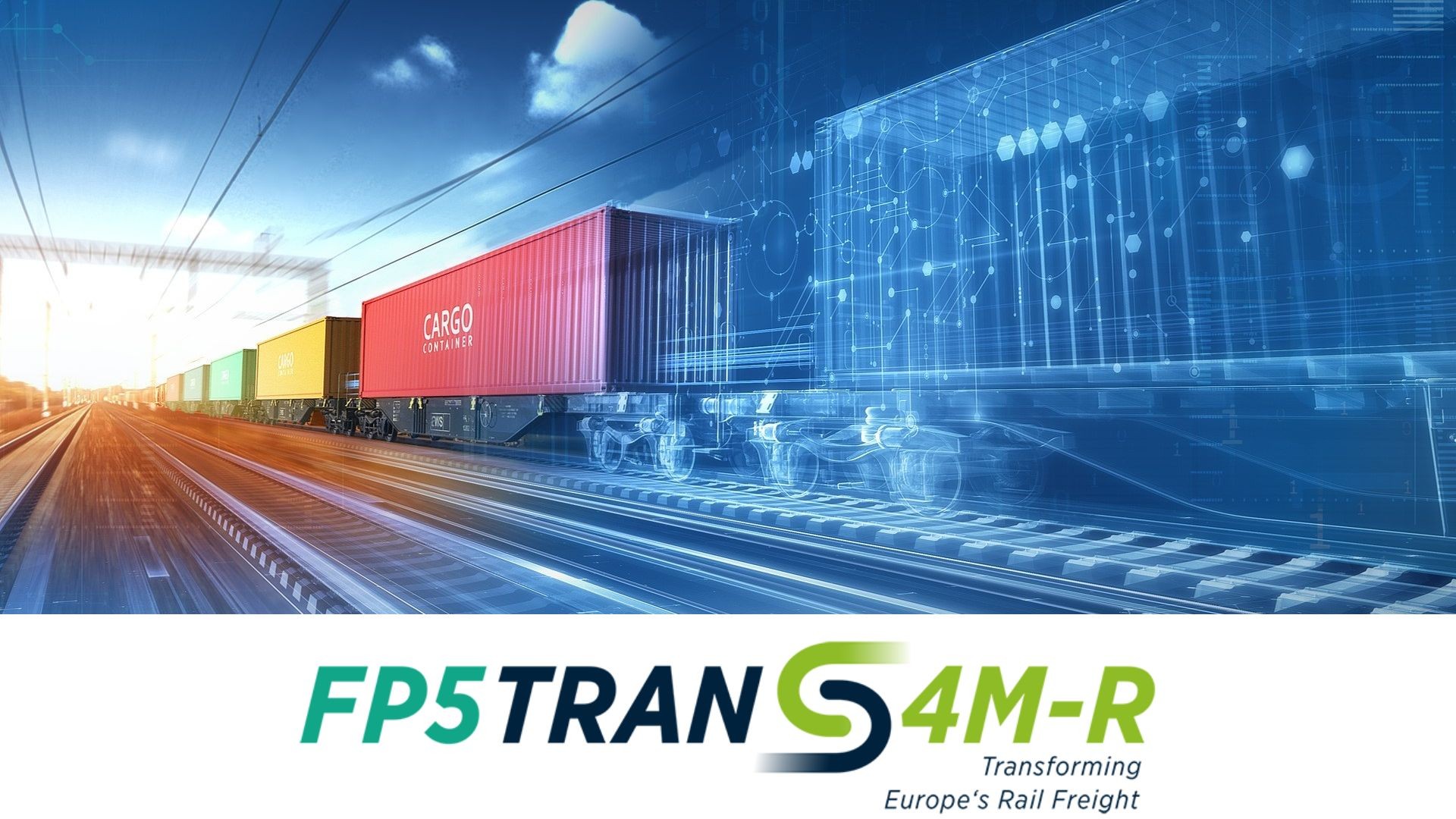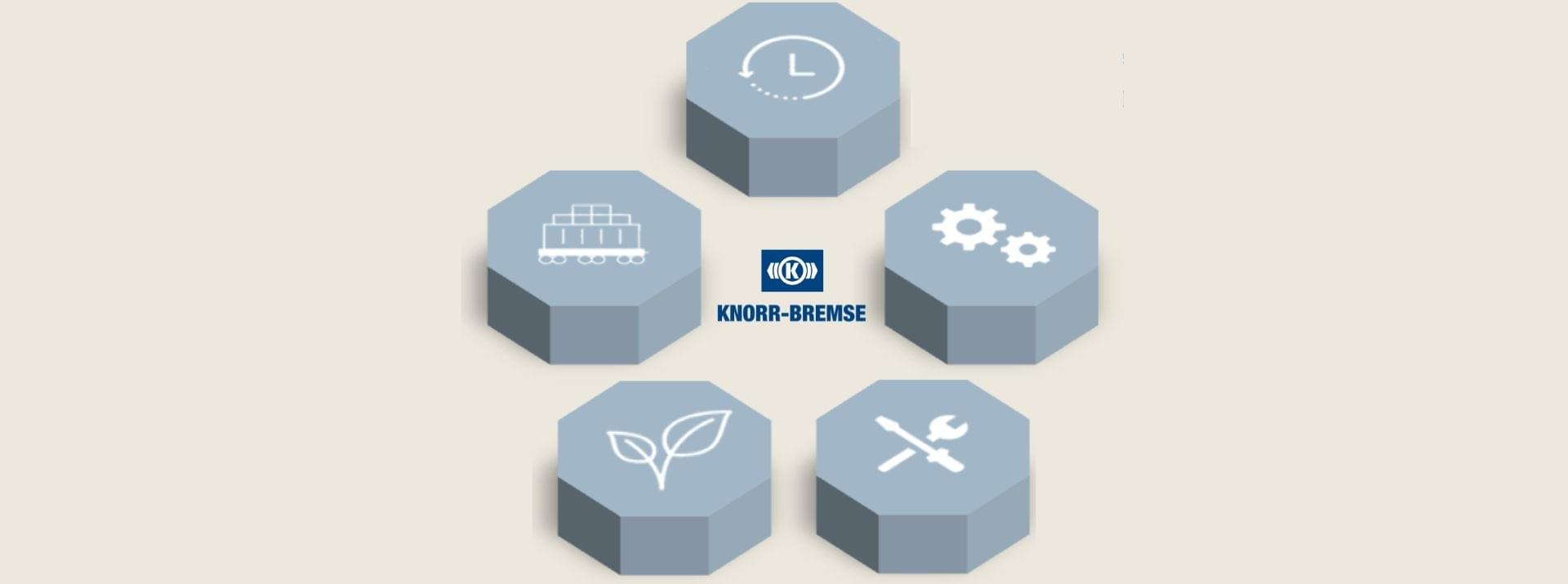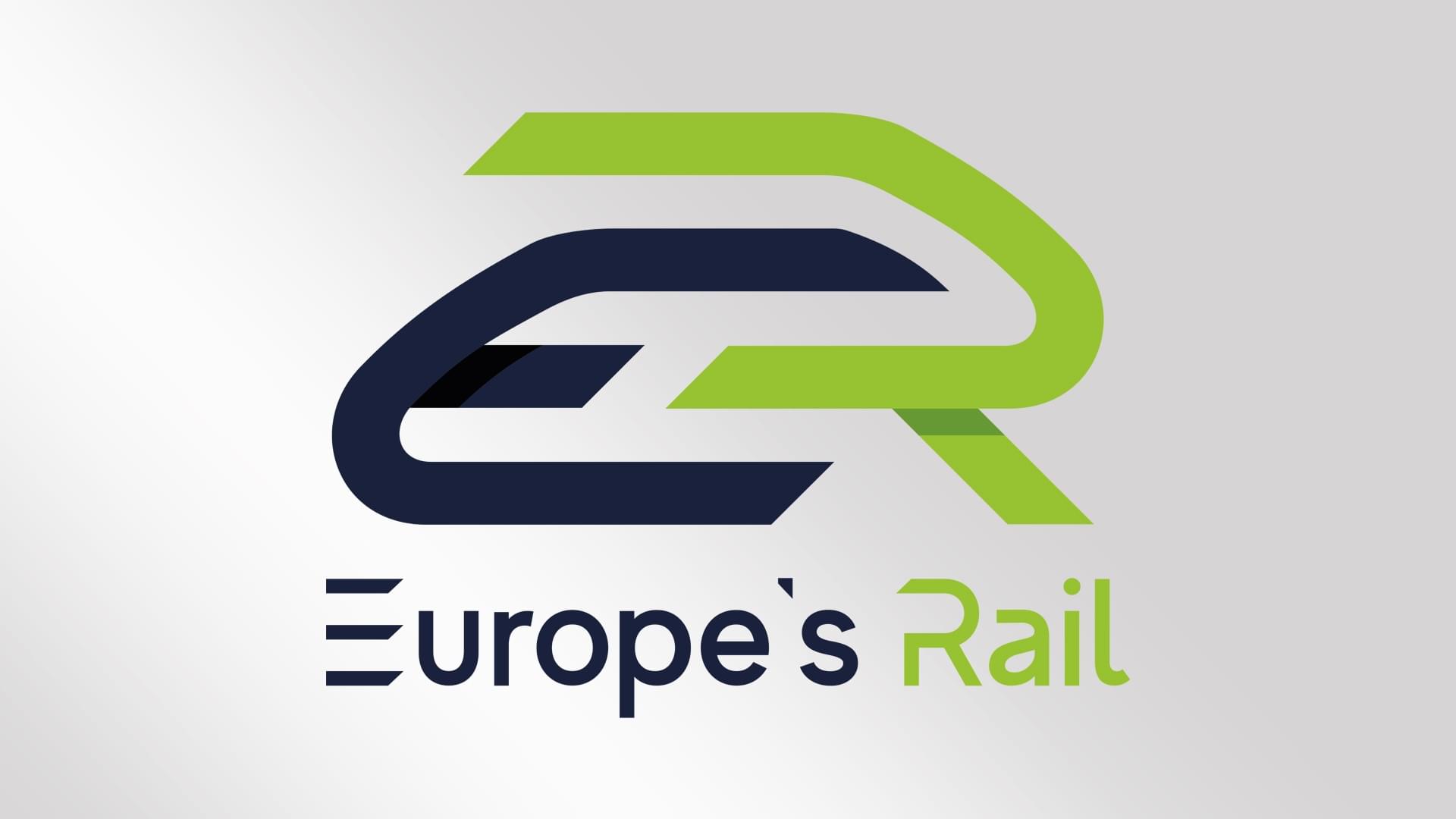
Redefining rail transportation: The Europe’s Rail (EU-Rail) technology initiative is one of the main pillars of the European Union’s Horizon Europe innovation program (running from 2021 to 2027). Aiming to speed up the shift from road to rail, the initiative supports a wide range of mobility-focused innovations. To achieve this goal, the major players in Europe’s rail industry are pooling their respective areas of expertise.
The EU-Rail technology initiative is valued at just over one billion euros, of which the European Union (EU) is contributing 600 million euros. The various companies involved are contributing almost the same amount again. Together with ten major network and rail operators, 13 manufacturers – including Knorr-Bremse – and two research companies are developing a whole series of digital, green solutions for rail, from initial concepts right through to practical demonstrators.
Whereas EU-Rail’s predecessor, Shift2Rail, focused primarily on developing rail vehicles, along with their subsystems and infrastructure, EU-Rail is concentrating on digitalization, automation and connectivity at every level of rail-related operations. Knorr-Bremse is involved in five of the initiative’s six innovation clusters – known as Flagship Areas.
Contact
80809 München
Deutschland - Germany
Hans-Christian.Hilse@knorr-bremse.com

As one of 25 founding members of the new Europe’s Rail Joint Undertaking technology initiative, Knorr-Bremse is making a proactive contribution to redefining the future of rail transportation by focusing on five Flagship Areas: Autonomous Train Operations, rail freight of the future, green sustainable solutions, intelligent and integrated asset management, and life cycle management.
Martin Ertl – Vice President Innovation at Knorr-Bremse Rail Vehicle Systems
From road to rail: Knorr-Bremse’s involvement in five Flagship Areas
To build a foundation for ongoing innovation, EU-Rail’s founding members will join together to form consortia in various constellations via an open-call mechanism, submitting applications for tendered innovation projects in joint ventures with other partners in the EU. Knorr-Bremse will concentrate its resources and investment in five Flagship Areas.
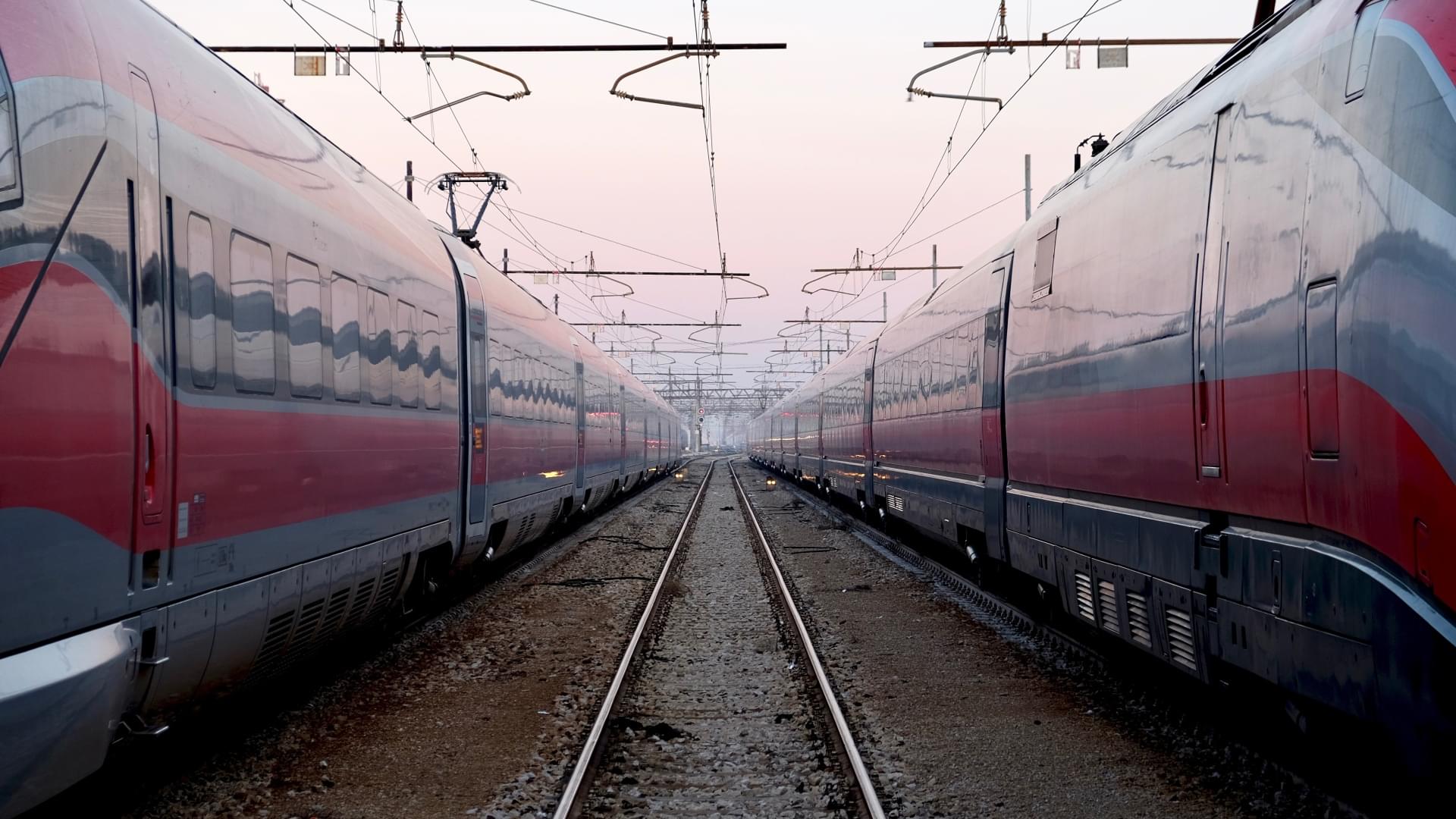
The project will pave the way towards the implementation of the future European Rail Traffic Management System to make rail the backbone of a multimodal transport system for passengers and freight by focusing on Planning, Operation, Integration activities and on digital enablers.
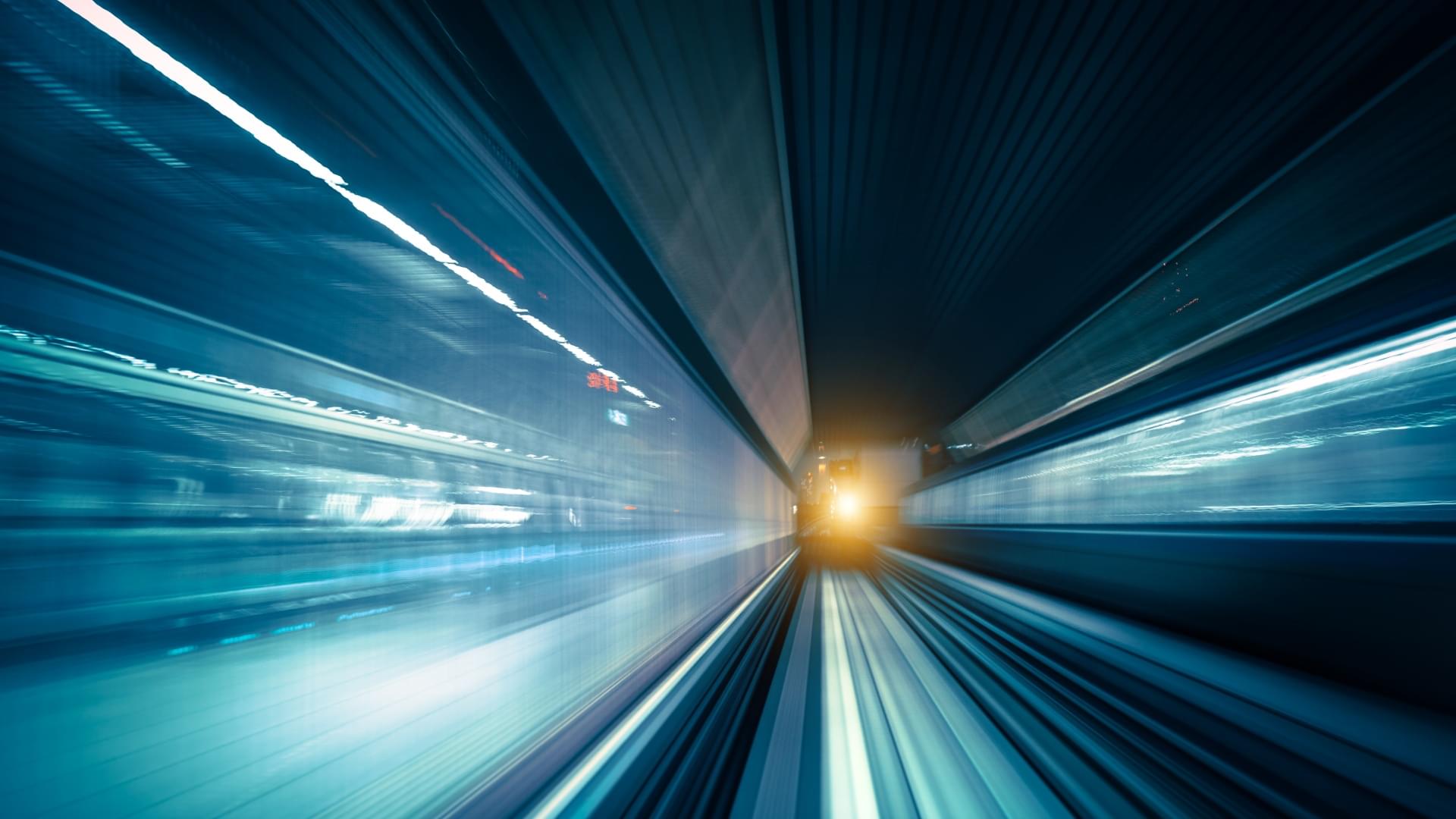
The project will take the advantages of digitalization and automation to develop the Next Generation ATC and deliver scalable Digital and Automatic (up to Autonomous) Train Operation (DATO) capabilities.
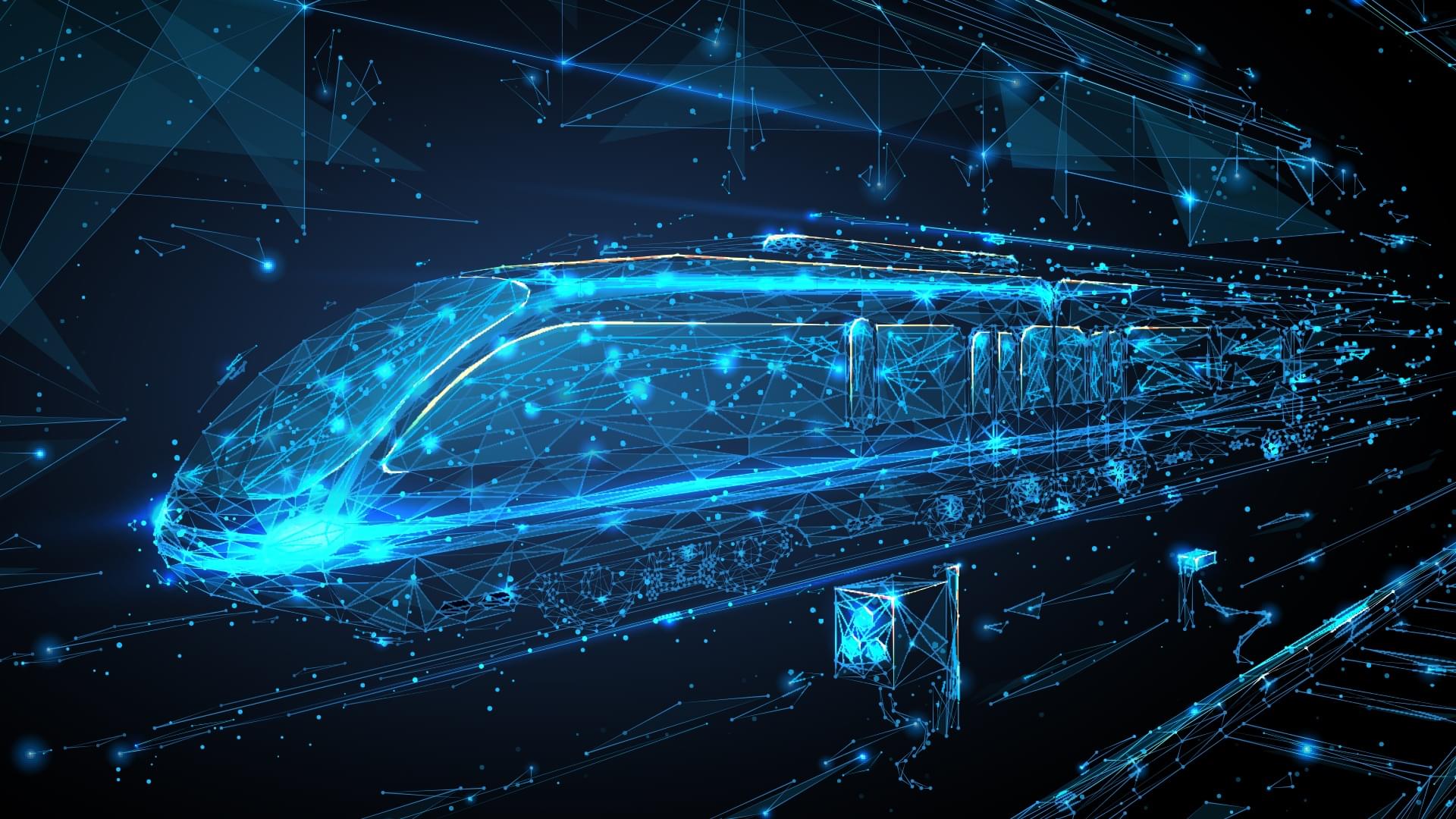
The project aims to reinforce the next generation of Intelligent and Integrated Rail Asset Management providing and demonstrating innovative solutions covering fixed and rolling stock assets, minimizing the life cycle costs of assets and extend their lifetime.
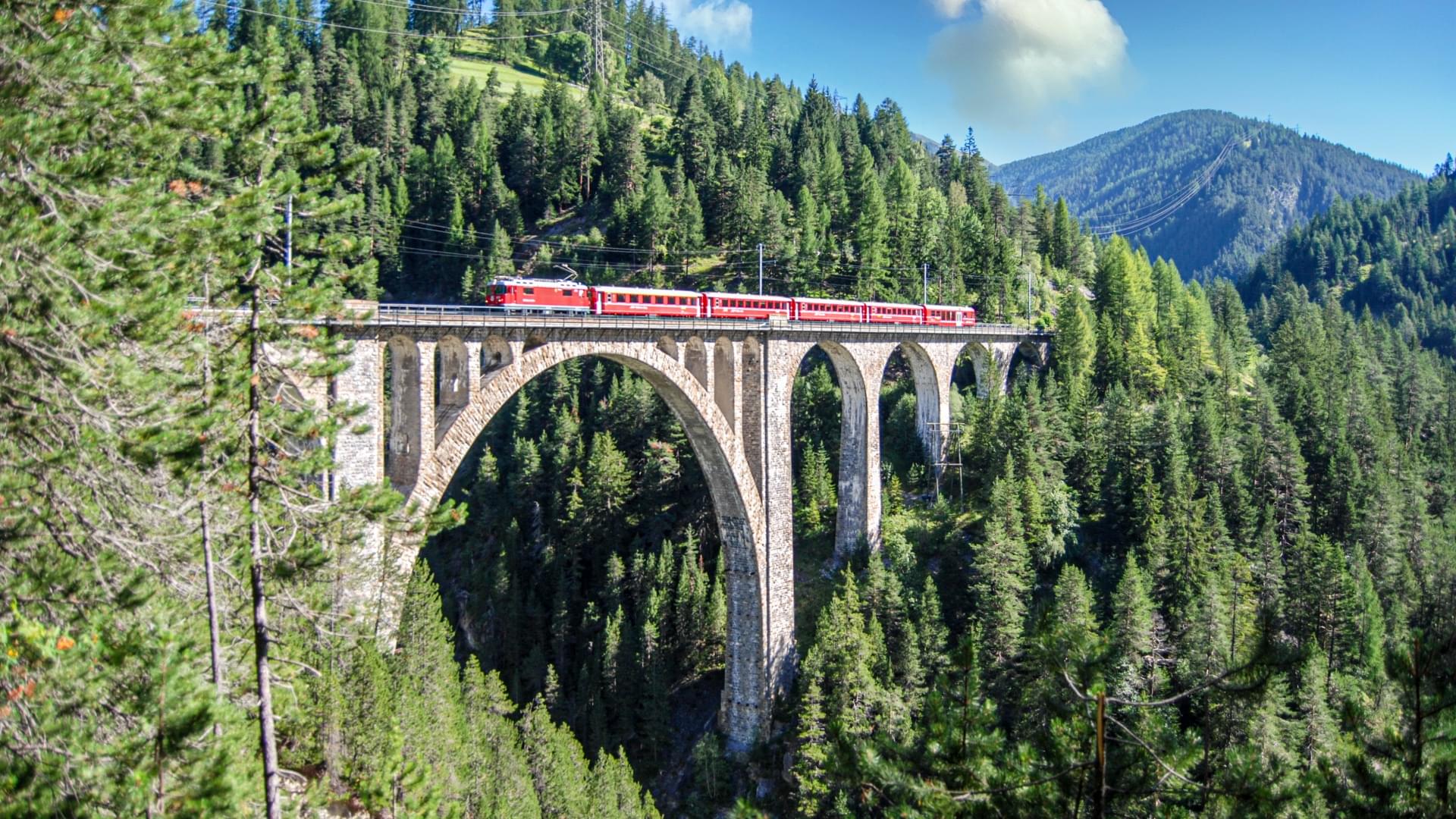
The project is covering the Sustainable and green rail systems with decarbonization of Diesel trains, noise and vibration reduction, energy savings, circular economy, resource consumption, resilience to climate change and pandemic attack, attractiveness of passenger trains at the hearth of the project.
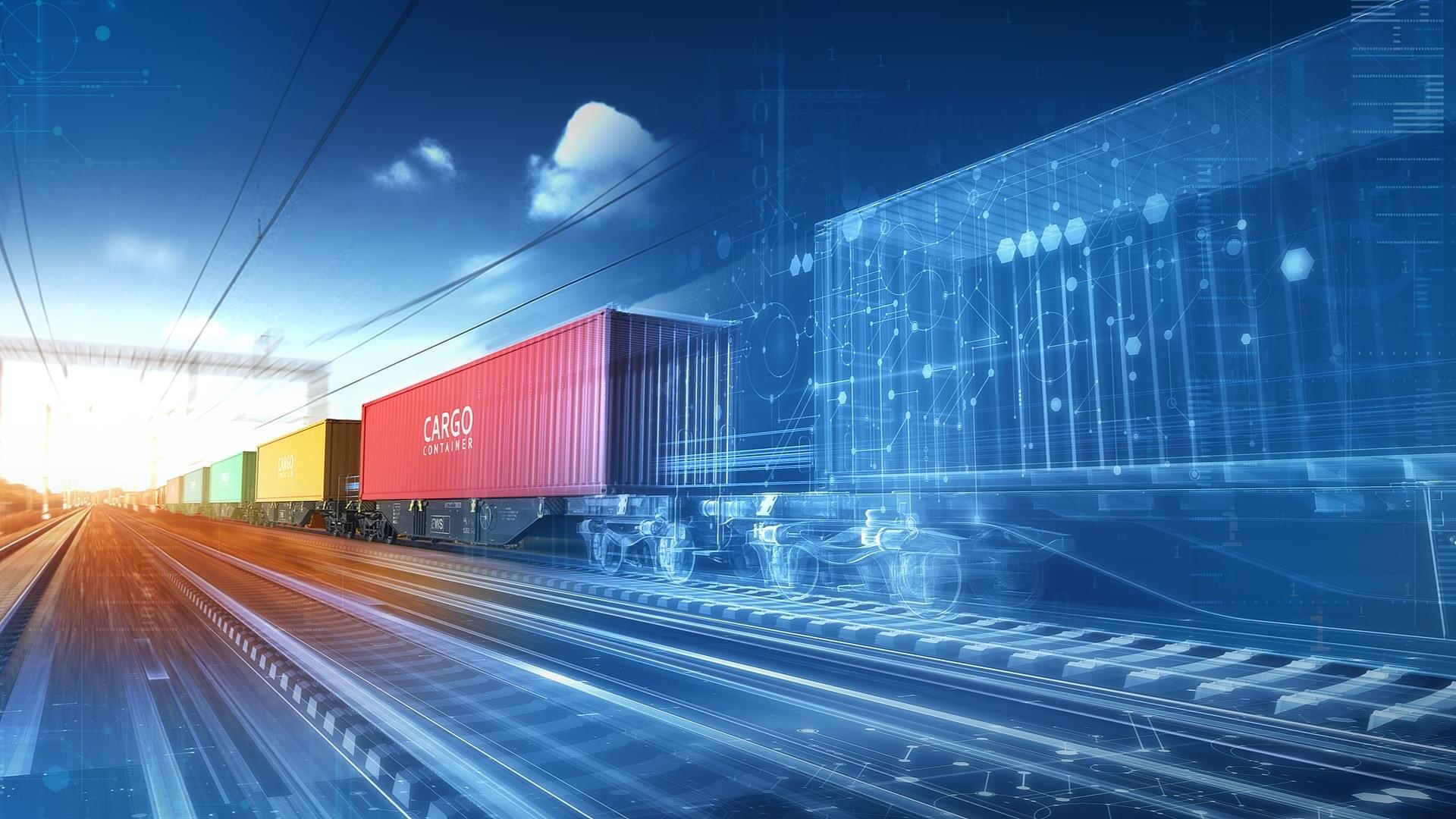
Integrating DAC-enabled solutions at non-arguable interoperability with software defined systems and digital rail services the project will lead to increased capacity, higher throughput and shorter transportation duration. The project focuses on the two technology clusters “Full Digital Freight Train Operation (FDFTO)” and “Seamless Freight Operation”.
Flagship Project 1: Mobility management multimodal environment and digital Enablers (MOTIONAL)
A fully digitalized, connected rail network typically has a complex architecture consisting of numerous heterogeneous, mission-critical systems – which in turn interact with a very large number of connected devices and sensors. EU-Rail aims to tackle this multilayered challenge by implementing a cross-sectoral project. The keywords here are: Digital Twins, innovative processes, interoperable data sharing, common data structure, and conceptual data model.
Knorr-Bremse is committed to an open Federated Dataspace for the secure, futureproofed sharing of rail operating data between a steadily increasing number of EU-Rail participants. The concept is intended to provide all rail industry players with digital access to a shared data ecosystem. The idea is to base the Federated Dataspace on data-handling relationships between trustworthy partners who use a system of standards to ensure that data sharing is always both secure and sovereign.
Here you can find more information about the MOTIONAL flagship project.
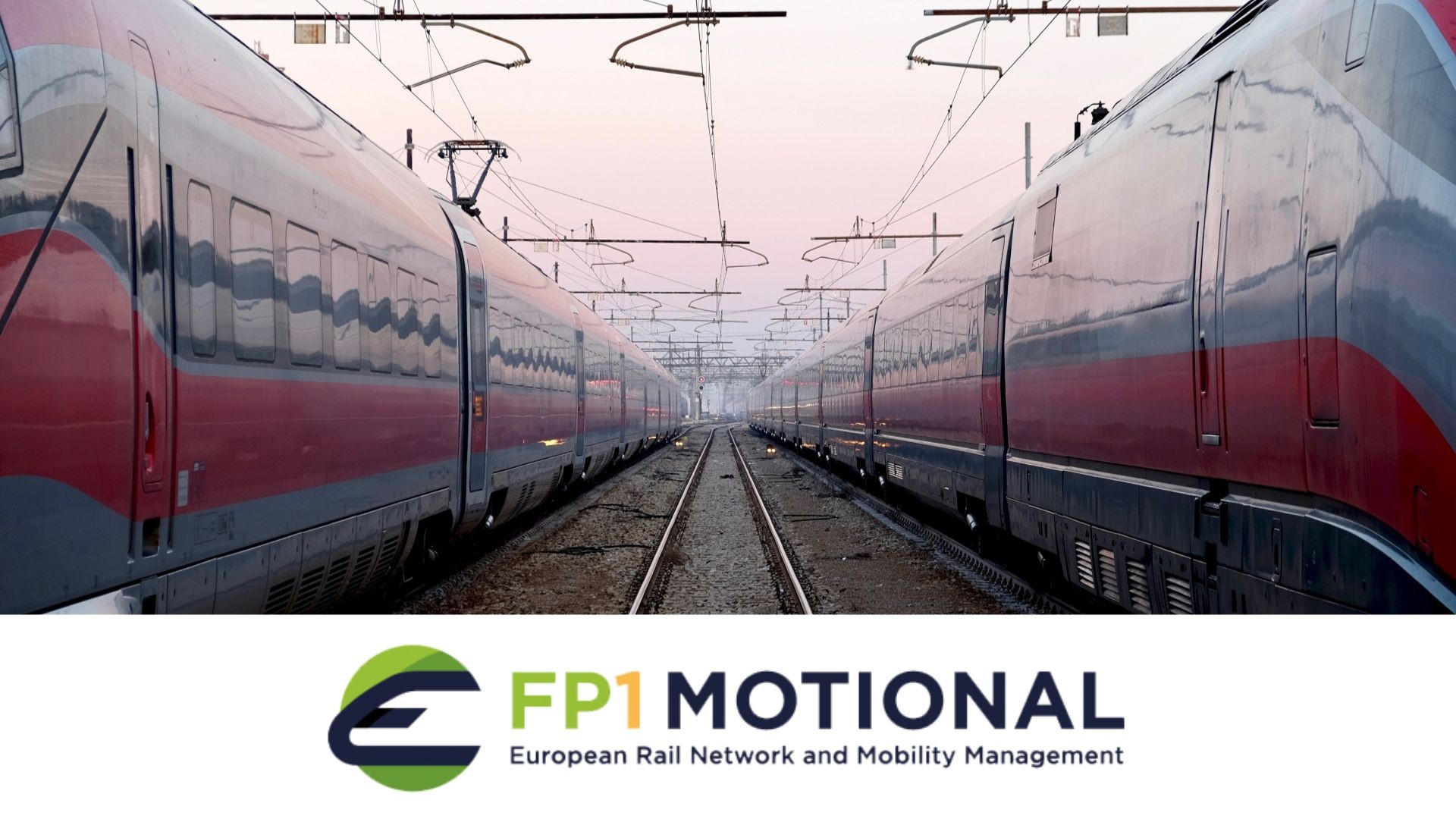
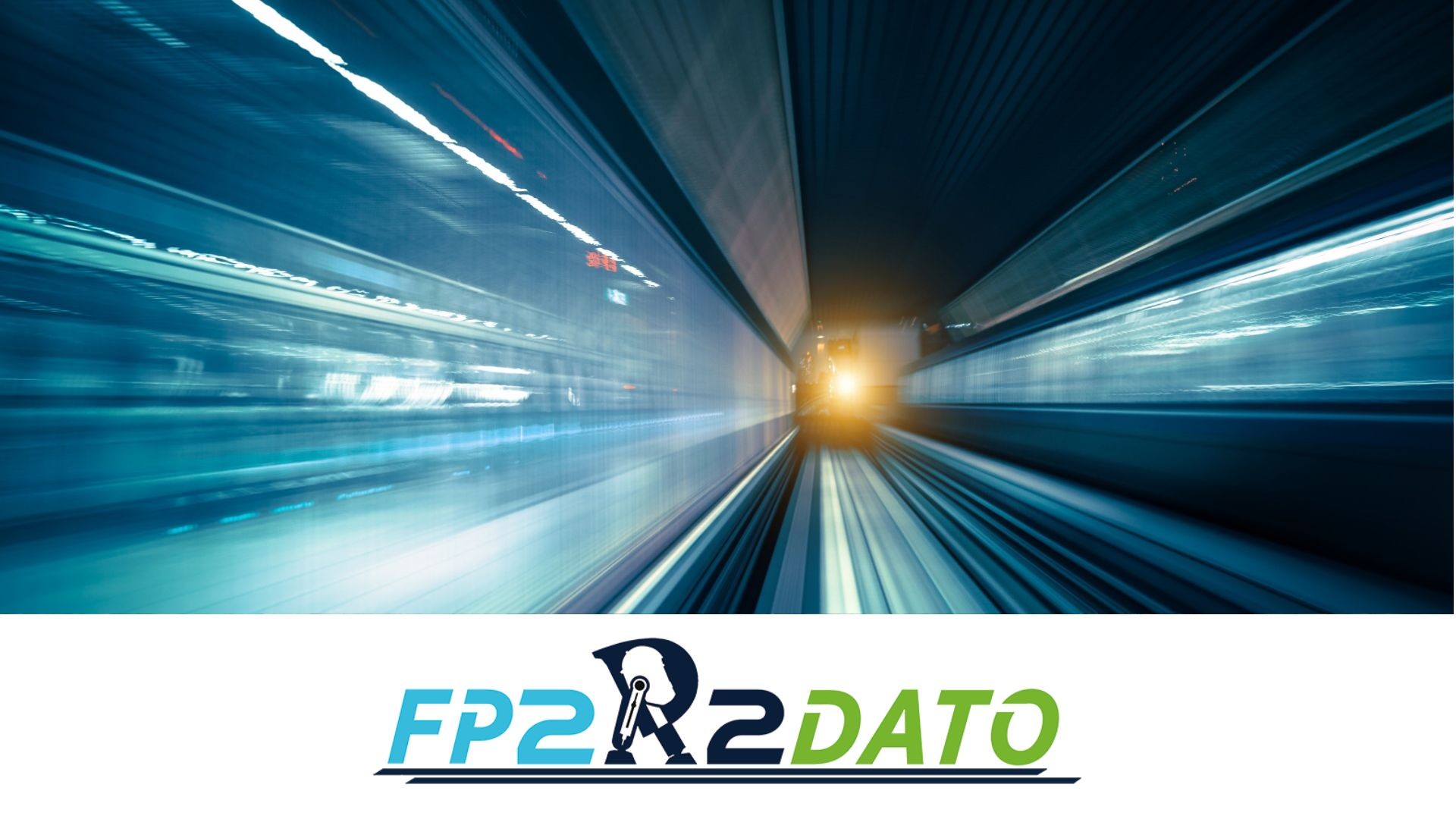
Flagship Project 2: Rail to Digital automated up to autonomous train operation (R2DATO)
Autonomous Train Operations (ATO) – ranging from digital or automated operations right up to fully autonomous operations – is a term describing a scenario in which the rail vehicle’s onboard computer is responsible for key aspects of train management. Depending on the level of automation, ATO may refer to something as simple as speed regulation or something as complex as remote-control scenarios involving driverless trains.
The expectations of solutions emerging from this Flagship Area are clearly defined: They must help improve rail network capacity. First, by reducing fixed costs per tonne/kilometer or passenger/kilometer, and thus improving the competitiveness of rail versus road transportation. And second, by enabling tighter train timetables (based on minimized train headway) on existing rail infrastructure.
As a participant in this cluster, Knorr-Bremse will continue to focus its efforts on developing the Reproducible Braking Distance (RBD) system. By combining various technologies and innovations, this project aims to substantially reduce braking distance variance and spread. As a result, up to 25 percent more freight could be transported on existing infrastructure – even in extremely adverse weather conditions – without in any way compromising safety standards. Within the EU-Rail initiative, Knorr-Bremse will conduct preliminary feasibility tests on its ATLAS test rig, pre-validate the solutions in on-rail field tests, and validate the final results using a demonstration trainset.
The Virtual Validation for Certification project aims to determine braking performance based on simulation instead of physical testing during vehicle certification, enabling a more cost-effective and time-efficient approach.
Here you can find more information about the R2DATO flagship project.
Flagship Project 3: Holistic and Integrated Asset Management for Europe’s RAIL System (IAM4RAIL)
Whenever numerous industry players join forces across international boundaries to build eco-friendly mobility solutions for the future, there is a pressing need for them to harmonize methods, solutions and services – especially where technical requirements and standards are concerned. EU-Rail aims to set up a suitable framework that will make it possible for all players involved in the rail vehicle sector to seamlessly share operating data with each other.
This Flagship Area focuses on three interrelated fields. First, cost-efficient asset management broadly supported by digital (diagnostic) technologies and data analytics. Second, automated interventions at both infrastructural and vehicular level, supported by robotics and wearables. And third, eco-friendly production supported by cutting-edge design principles and manufacturing techniques.
To achieve this, Knorr-Bremse’s asset management initiative focuses on market-ready solutions along the entire IoT/data value chain – from data generation to data analytics through to the final, customer-focused result. Based on selected (sub)systems, Knorr-Bremse aims to deliver functional end-to-end solutions along the entire value chain.
Here you can find more information about the IAM4RAIL flagship project.
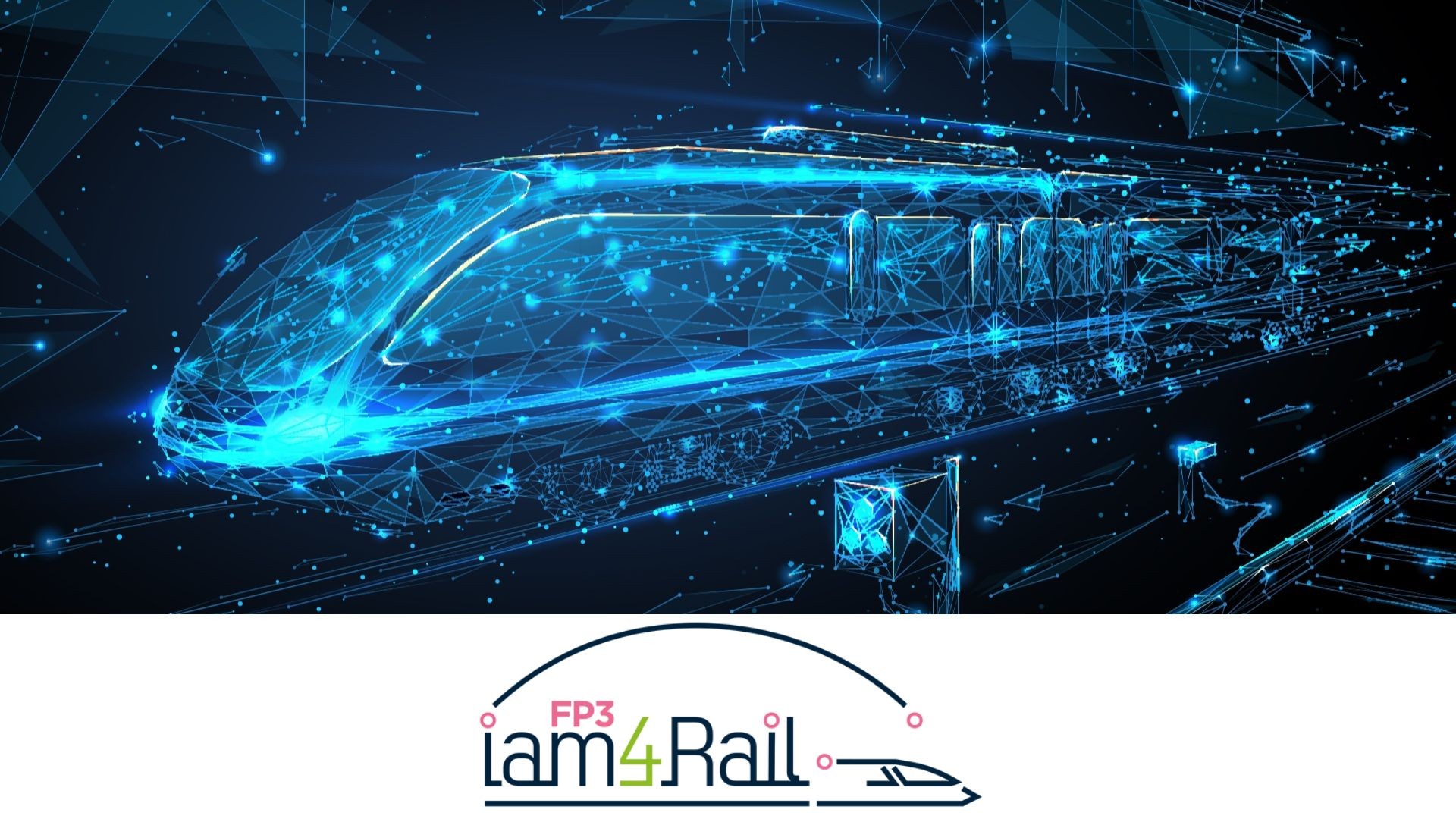
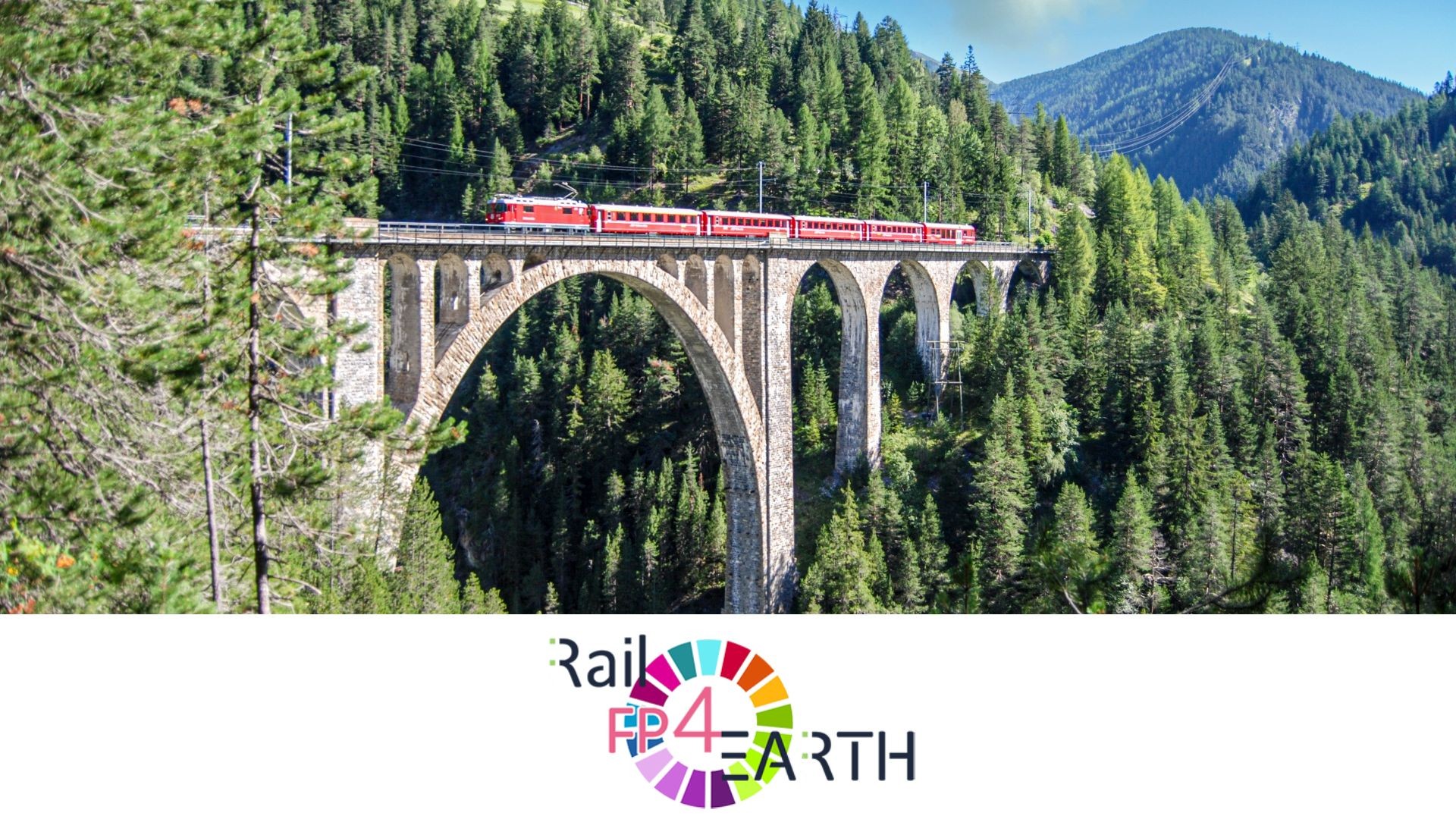
Flagship Project 4: Sustainable and green rail systems (RAIL4EARTH)
This Flagship Area looks at the broad field of the rail industry’s energy consumption and environmental impacts in very general terms. This embraces, for example, the target vision of a smart railroad power grid with its own integrated, eco-friendly energy supply, as well as industry-specific tools and platforms for efficiently implementing a circular economy in the rail sector.
As part of this work package, Knorr-Bremse will press ahead with activities such as the development of electromechanical braking systems (EM brakes) for trains. The aim of this project is to produce, in collaboration with vehicle manufacturers, an electromechanical braking system that could replace today’s complex, electropneumatic brake control and actuator systems that depend on compressed air. The improved dynamics of the EM braking system result in shorter braking distances and increased track capacity; the integrated “smart diagnostics” function results in improved vehicle availability. Following successful field trials with a passenger car, the team is planning to install the new braking system in a complete trainset for further trials.
Knorr-Bremse is also continuing to develop eco-friendlier refrigerants and air purification solutions for HVAC systems. Refrigerant-related efforts currently focus on developing, validating and demonstrating halogen-free and reduced-GWP (Global Warming Potential) substances. As for improving air quality in trains, Knorr-Bremse’s engineers are concentrating on establishing air quality targets and developing a field-proven air quality technology for suppressing particulates, viruses and bacteria, as well as volatile organic compounds (VOCs). One of the design brief’s prerequisites is that any solutions should not generate harmful byproducts such as ozone.
Here you can find more information about the RAIL4EARTH flagship project.
Flagship Project 5: Transforming Europe’s Rail Freight (TRANS4M-R)
The EU Green Deal aims to triple European rail freight traffic by 2050 – a goal that can only be achieved by making rail freight faster and more flexible. Digitalization has the greatest potential both for streamlining labor-intensive train preparation processes and for managing and operating trains.
To achieve the Flagship Area goal of “Full Digital Freight Train Operations”, this innovation cluster aims to deliver all-digital rail freight services capable of significantly higher productivity, quality and capacity thanks to digitized, automated operating functions and processes. But it also aims to facilitate end-to-end, intermodal freight transportation by building a seamless data and information ecosystem that will make freight transportation as a whole more efficient while saving time and money.
Under the EU-Rail initiative, Knorr-Bremse is working hard to perfect the enabler for digital rail freight, the Digital Automatic Coupler (DAC Type 5), as well as a package of smart solutions for interoperable, automated digital freight trains. The recent decision by the European DAC Delivery Programme (EDDP) in favor of the Scharfenberg coupler type has validated Knorr-Bremse’s development strategy.
Here you can find more information about the TRANS4M-R flagship project.
